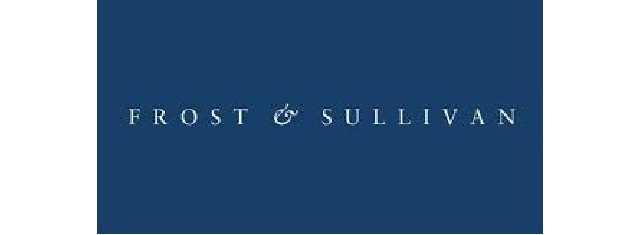Business
IRAN COULD BENEFIT FROM AUSTRALIA S EXPERTISE AND EXPERIENCE
IN AGRI FOOD AND BEVERAGE

(Source: FROST & SULLIVAN)
USPA NEWS -
In 2015, to reduce economic dependence from oil & gas, Iran's government announced a new road map for several manufacturing sectors expected to have key roles in Iran's economic development. The plan outlines increasing capacities of some industries within the next ten years in order to improve...
In 2015, to reduce economic dependence from oil & gas, Iran's government announced a new road map for several manufacturing sectors expected to have key roles in Iran's economic development. The plan outlines increasing capacities of some industries within the next ten years in order to improve the sector and derive more high value products as well as boost GDP. One of these is the agri food and beverage sector.
Iran's Economy Mission 2025 includes various strategic steps, among them, adopting advanced manufacturing technologies to increase efficiency, becoming a member of WTO to increase share of global trade, developing international trade through liaising with foreign companies, increasing the share of medium and high technology products, increasing direct foreign investment, privatisation and removal of barriers, assessing international markets for trade and investment opportunities and focusing on joint ventures and foreign partnerships for key industries and export based products.
Iran has a population size of almost 79 million and is one of the largest food and beverage markets in the Middle East. In 2014, the annual growth for agriculture was recorded at 3.8% and is expected to go up to 7% within the 6th development plan (2016-2020). The agro products and animal husbandry export market is expected to increase from US$5.4 billion in 2015 to US$12 billion by 2025. Also it is expected that the total export market of processed food and beverages will increase from US$1.48 billion in 2015 to US$5 billion by 2025.
84.5% of Iran's total land (more than a fifth of the total 165 million hectares of land) has arid and semi-arid climates. 15.5% has humid and semi humid climates. Over 20% of Iran's total land, equivalent to 35 million hectares, is suitable for agricultural purposes; but currently, less than 18.75 million is identified as agricultural land.
Australia also has an arid climate, acidic and salty soil and lack of water resources but has effectively managed these challenges to avoid negative impact on agricultural land and is experienced in managing drought using innovative methods and modern irrigation systems to produce more agro products with the lowest water usage.
Australia also has an arid climate, acidic and salty soil and lack of water resources but has effectively managed these challenges to avoid negative impact on agricultural land and is experienced in managing drought using innovative methods and modern irrigation systems to produce more agro products with the lowest water usage.
Iran plans on importing technology and engineering in order to produce downstream products, and Australia is well experienced in both areas. Australia utilises modern technologies in irrigation systems, and, produces biological fertilizer and pesticide which are all areas Iran has earmarked to develop.
Source : Frost & Sullivan
Ruby BIRD
http://www.portfolio.uspa24.com/
Yasmina BEDDOU
http://www.yasmina-beddou.uspa24.com/
Source : Frost & Sullivan
Ruby BIRD
http://www.portfolio.uspa24.com/
Yasmina BEDDOU
http://www.yasmina-beddou.uspa24.com/
Ruby Bird Yasmina Beddou Agri Food Beverage Iran Australia Experience Expertise Dependence Business Gaz Oil Road Map Economy Manufacturing Technologies Mission Strategy Efficiency
Liability for this article lies with the author, who also holds the copyright. Editorial content from USPA may be quoted on other websites as long as the quote comprises no more than 5% of the entire text, is marked as such and the source is named (via hyperlink).






